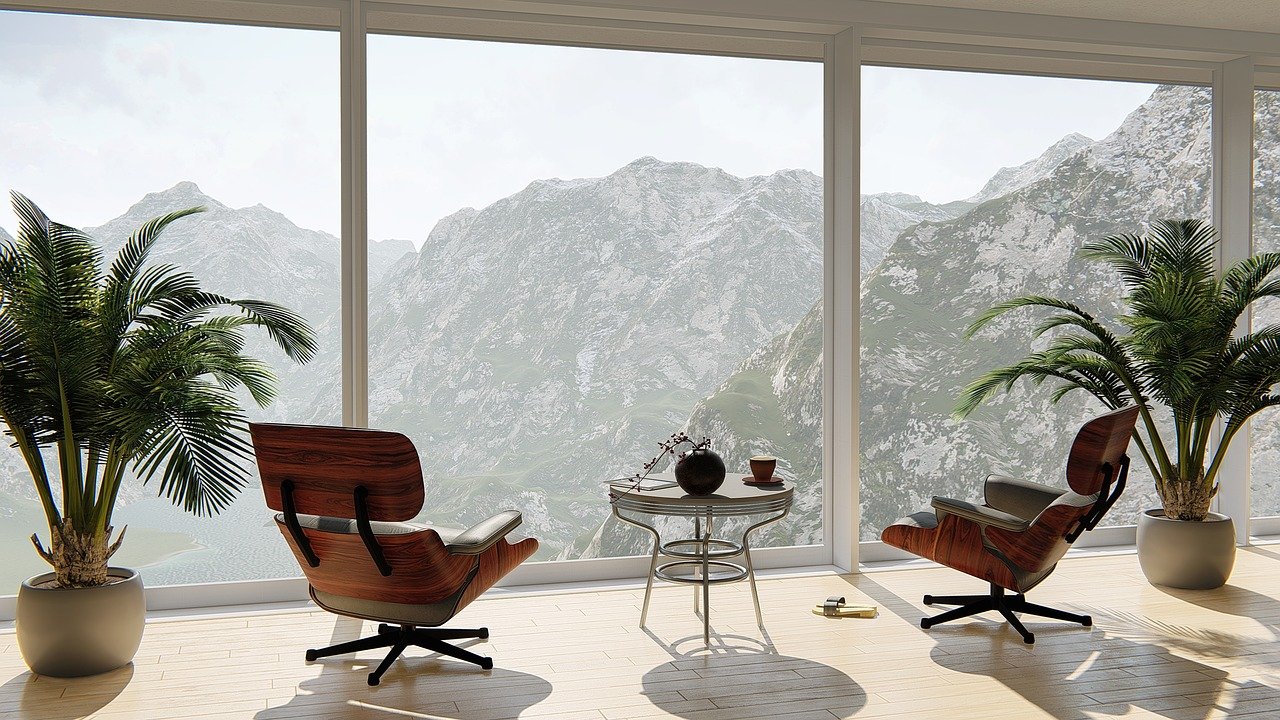Indoor environmental quality
Contents |
[edit] Introduction
With people generally spending more time indoors, and buildings being more tightly constructed and isolated from the external environment, a greater importance is being placed on the indoor environment.
Indoor environmental quality (IEQ) is a general indicator of the quality of conditions inside a building. It can also include functional aspects of space, for example whether the layout provides access to equipment when needed and whether the building has sufficient space for its occupants.
A better indoor environmental quality can enhance the wellbeing of building occupants and help decrease the occurrence of sick building syndrome and building related illness. It can also lead to a decrease in worker complaints and absenteeism which in turn can improve productivity.
[edit] Factors influencing indoor environmental quality
The indoor building environment is complex and there are a variety of factors that can influence its environmental quality.
- Airborne contaminants (gases and particles) from; office equipment, cleaning products, construction activities, furnishings and carpets, water-damaged building materials, microbial growth (fungal, bacterial and mould), outdoor pollutants, and so on.
- Indoor air quality.
- Ventilation.
- Humidity.
- Thermal comfort.
- Daylight, lighting and views.
- Electromagnetic frequency levels.
- Acoustic conditions.
[edit] Optimal indoor environmental quality design
In order to optimise indoor environmental quality, the design and development process should:
- Ensure good quality design, construction, commissioning, operating and maintenance practices.
- Consider aesthetic designs including the importance of views and the integration of natural elements.
- Provide thermal comfort controls for occupants where possible.
- Supply adequate levels and quality of ventilation.
- Prevent airborne bacteria, mould and other fungi through a design that manages moisture sources inside and outside the building.
- Use building products that do not emit pollutants.
- Use sound absorbing/insulating materials to help create optimal acoustic levels.
[edit] Building management to improve indoor environmental quality
There are a number of ways that the indoor environmental quality of existing buildings can be improved, including:
- Using fragrance-free and low VOC (volatile organic compounds) cleaning products.
- Undertaking audits of cleaning products and devising a cleaning plan to replace products with safer alternatives.
- Vacuuming regularly and using vacuums with HEPA (High-efficiency particulate arrestance) filters.
- Ensuring that HVAC equipment is well maintained and working optimally.
- Creating a door and window opening protocol to maintain sufficient air flow.
- Avoiding dust blowing equipment such as leaf blowers and diesel-powered engine equipment.
- When using pesticides, fertilisers and lime applications, ensuring there is little or no wind.
- Maintaining buildings and furnishings to a high standard reducing the need for renovation and remodelling.
- Ensuring filters in HVAC systems are properly maintained.
- Optimising lighting.
[edit] Related articles on Designing Buildings
- Air change rates.
- Air filtration and clean indoor air quality standards.
- Air quality.
- Arrestance.
- BREEAM Indoor air quality plan.
- BREEAM Indoor air quality Ventilation.
- BREEAM Indoor pollutants VOCs.
- BREEAM NOx emissions.
- BS ISO 17772 - Indoor environmental quality.
- BSRIA Noise in the built environment TG 20/2021.
- Building Back Better: Health.
- Building related illness.
- Ensuring good indoor air quality in buildings.
- Environment.
- Health effects of indoor air quality on children and young people.
- Health and wellbeing impacts of natural and artificial lighting.
- HVAC 2030: BSRIA puts opportunities and challenges to the industry.
- Indoor air quality.
- Lighting and health infographic.
- Sick building syndrome.
- TG10 2016 At a glance, wellbeing.
- TSI Environmental dust monitoring system.
- Use of lighting to improve health and wellbeing.
- Ventilation.
- Wellbeing.
Featured articles and news
Government consultations for the summer of 2025
A year of Labour, past and present consultations on the environment, the built environment, training and tax.
CMA competitiveness probe of major housing developers
100 million affordable housing contributions committed with further consultation published.
Homes England supports Greencore Homes
42 new build affordable sustainable homes in Oxfordshire.
Zero carbon social housing: unlocking brownfield potential
Seven ZEDpod strategies for brownfield housing success.
CIOB report; a blueprint for SDGs and the built environment
Pairing the Sustainable Development Goals with projects.
Types, tests, standards and fires relating to external cladding
Brief descriptions with an extensive list of fires for review.
Latest Build UK Building Safety Regime explainer published
Key elements in one short, now updated document.
UKGBC launch the UK Climate Resilience Roadmap
First guidance of its kind on direct climate impacts for the built environment and how it can adapt.
CLC Health, Safety and Wellbeing Strategy 2025
Launched by the Minister for Industry to look at fatalities on site, improving mental health and other issues.
One of the most impressive Victorian architects. Book review.
Common Assessment Standard now with building safety
New CAS update now includes mandatory building safety questions.
RTPI leader to become new CIOB Chief Executive Officer
Dr Victoria Hills MRTPI, FICE to take over after Caroline Gumble’s departure.
Social and affordable housing, a long term plan for delivery
The “Delivering a Decade of Renewal for Social and Affordable Housing” strategy sets out future path.
A change to adoptive architecture
Effects of global weather warming on architectural detailing, material choice and human interaction.
The proposed publicly owned and backed subsidiary of Homes England, to facilitate new homes.
How big is the problem and what can we do to mitigate the effects?
Overheating guidance and tools for building designers
A number of cool guides to help with the heat.
The UK's Modern Industrial Strategy: A 10 year plan
Previous consultation criticism, current key elements and general support with some persisting reservations.
Building Safety Regulator reforms
New roles, new staff and a new fast track service pave the way for a single construction regulator.

























